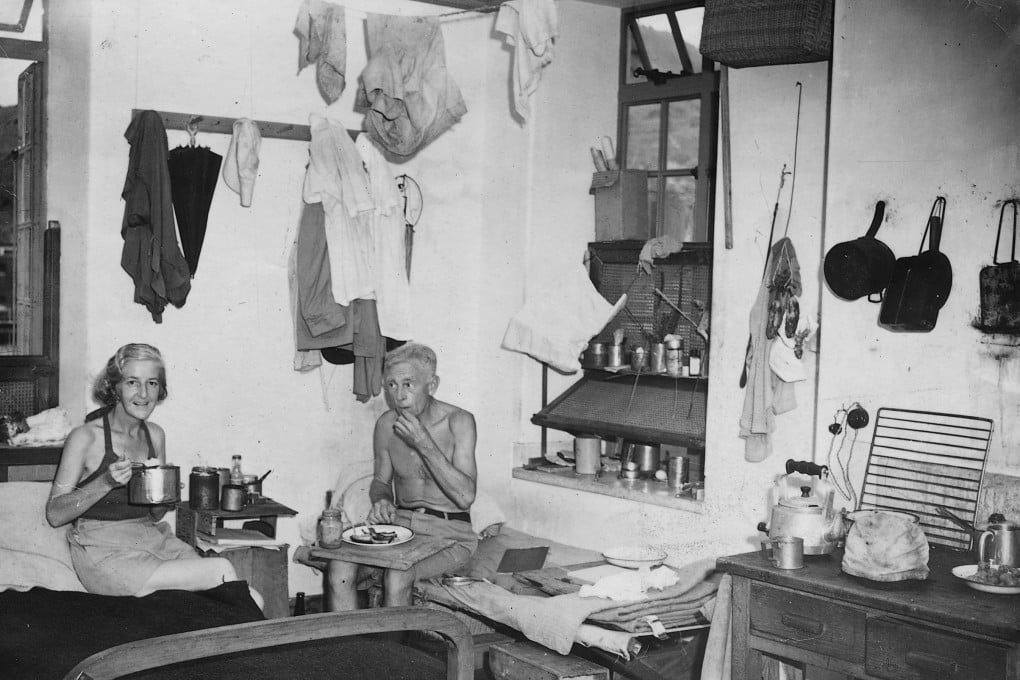Then & Now | Sick of quarantine? Hotel internment in Hong Kong 80 years ago was a true ordeal, and a prelude to 38 hungry months in a Stanley camp
- Japanese troops occupying Hong Kong herded European civilians into fleapit short-time hotels and boarding house cubicles in January 1942, at first without food
- After two weeks they were moved to an internment camp in Stanley. Compared to that, the Penny’s Bay government quarantine facility is luxurious

The only consistent aspect of the ongoing Covid-19 pandemic is sudden, game-changing volatility. Those bitterly complaining about Hong Kong’s draconian hotel quarantine restrictions – at 21 days, for most arrivals, the longest in the world – should spare a backward glance towards others stuck in involuntary hotel incarceration 80 years ago this week.
Across Southeast Asia in the months that followed, as the Japanese advanced swiftly and inexorably and captured territories from Hong Kong to Malaya, Borneo, Singapore and the Dutch East Indies (modern Indonesia), thousands of Allied prisoners of war and civilians were swept up into long-term internment conditions that the Japanese themselves – partially due to expectations of a longer drawn out fight – had made almost no provision for in their strategic planning.

On January 4, 1942, a cold, drizzling day, Hong Kong’s European residents of Allied nationality – British and Dominions citizens, Americans, Dutch, Norwegians and others who claimed Allied status – were assembled to go into temporary internment.
Squalid “short-time” hotels along Hong Kong Island’s Western waterfront and the Wan Chai backstreets – most formerly used for assignations by prostitutes and their clients – were hurriedly pressed into service.
